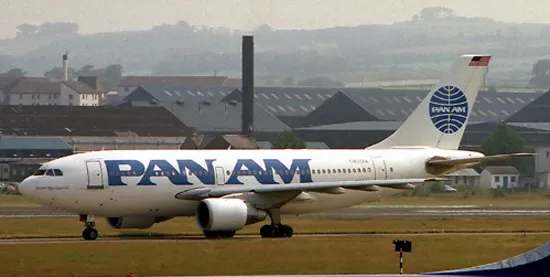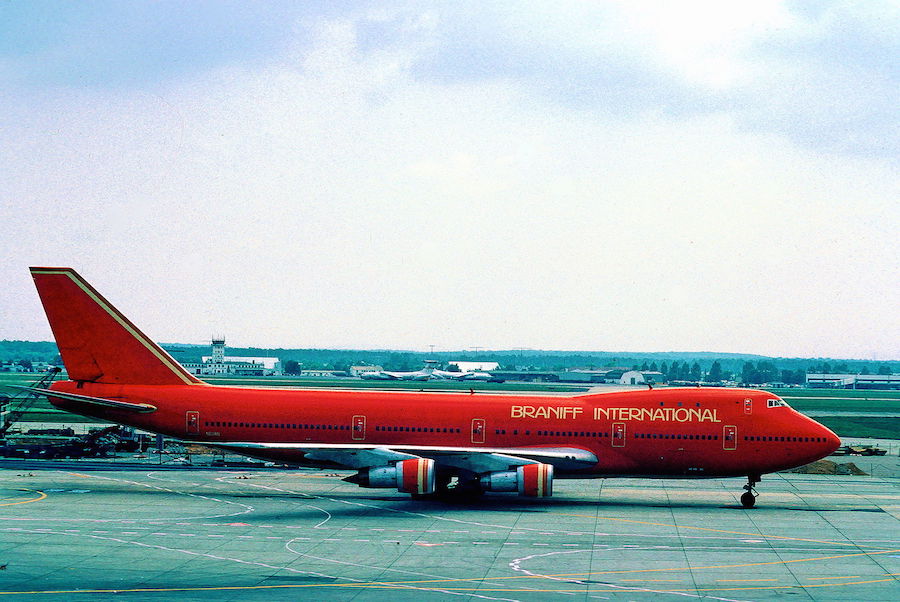The golden age of aviation was built on dreams that soared higher than profits—and sometimes crashed just as spectacularly. While today’s airline industry is dominated by mega-carriers focused on efficiency and cost-cutting, some of history’s most innovative airlines have vanished into the clouds, leaving behind revolutionary legacies that still shape how we fly today.
These aren’t just stories of corporate failures. They’re tales of airlines that dared to imagine what flying could become, pioneering everything from international routes to luxury service, from jet technology to frequent flyer programs. Their innovations became so fundamental to modern aviation that we’ve forgotten who invented them.
Pan American World Airways (1927-1991): The Pioneer of Everything
Pan Am wasn’t just an airline—it was America’s unofficial flag carrier and the company that essentially invented international commercial aviation. The venerable airline epitomized “Clipper Ships” and was the first airline to offer scheduled service across the Atlantic and Pacific, and the first to fly around the world.
What They Invented:
- The First Transatlantic Service: Pan Am proved that regular passenger flights across oceans weren’t just possible—they were profitable
- The Jet Age: They were among the first to order Boeing 707s, bringing jet travel to the masses
- The Jumbo Jet: Pan Am’s massive order for Boeing 747s literally created the wide-body aircraft era
- Global Route Networks: They established the template for how airlines could connect continents
Pan Am’s influence extended beyond aviation. Their blue and white globe logo became a symbol of American technological supremacy during the Cold War. When President Kennedy wanted to land on the moon, he looked to Pan Am’s futuristic vision—the airline even sold “Moon flights” reservations starting in 1968.
Rising fuel prices and other factors created financial burdens for Pan Am, and it declared bankruptcy in 1991. But by then, they had already taught the world how to fly.

Trans World Airlines (1930-2001): The Glamour Airline
TWA was the airline of movie stars, tycoons, and dreamers. Howard Hughes acquired control of TWA in 1939, and after World War II led the expansion of the airline to serve Europe, the Middle East, and Asia, making TWA a second unofficial flag carrier of the United States after Pan Am.
What They Pioneered:
- Constellation Aircraft: Under Hughes’s obsessive perfectionism, TWA helped develop the revolutionary Lockheed Constellation
- Luxury Air Travel: TWA defined what premium air travel could be, with gourmet meals, elegant uniforms, and celebrity endorsements
- Transatlantic Competition: In July 1969, the airline officially replaced New York archrival Pan Am as the world’s number-one transatlantic airline
- Airport Design: TWA’s futuristic terminal at JFK (now the TWA Hotel) redefined airport architecture
Hughes’s perfectionist approach meant TWA aircraft were often the most advanced in the sky, but also the most expensive to operate. The airline’s commitment to innovation over profit margins would eventually contribute to its downfall, but not before it showed the world that flying could be glamorous.

Eastern Air Lines (1926-1991): The Innovation Factory
Along with TWA, American and United, Eastern Airlines was one of the Big Four carriers that dominated passenger air travel during much of the 20th century. But Eastern’s real genius lay in operational innovations that other airlines quickly copied.
What They Invented:
- The Air Shuttle: Eastern pioneered hourly air shuttle services between New York City, Washington, D.C., and Boston in 1961 as the Eastern Air Lines Shuttle
- Computerized Reservations: Eastern was among the first to implement computer-based booking systems
- Hub-and-Spoke Networks: They perfected the model of routing passengers through central hubs
- Frequent Flyer Programs: Eastern’s early loyalty programs became the template for today’s mile-earning systems
Eastern’s shuttle service revolutionized business travel on the busy Northeast corridor. No reservations, no advance booking—just show up and fly. The concept was so successful that it’s still used today by major carriers on high-frequency routes.

Braniff International Airways (1928-1982): The Colorful Rebels
While other airlines painted their planes white with conservative logos, Braniff dared to be different. They turned aircraft into flying art galleries and proved that aviation could be both functional and fabulous.
What They Revolutionized:
- Airline Branding: Braniff hired fashion designer Emilio Pucci to create colorful aircraft liveries and flight attendant uniforms
- South American Routes: Braniff Airways extended into South America
- Marketing Innovation: Their “When You Got It, Flaunt It” campaign featuring celebrities changed airline advertising forever
- International Expansion: They were pioneers in connecting the U.S. to Latin America
Braniff proved that airlines didn’t have to be boring. Their rainbow fleet of jets—painted in colors like “Chocolate Brown,” “Lemon Yellow,” and “Ultra Blue”—made flying an experience worth talking about. When you saw a Braniff plane, you knew immediately which airline it was.

The Legacy Lives On
These airlines may be gone, but walk through any modern airport and you’ll see their influence everywhere. The hub-and-spoke networks that route your connections through major cities? Thank Eastern Air Lines. The wide-body jets that make international travel affordable? Pan Am’s gamble on the 747 made that possible. The stylish uniforms and colorful branding? Braniff showed the way.
Even their failures taught valuable lessons. Pan Am’s over-expansion into hotels and real estate warned future airlines to stick to what they do best. TWA’s financial struggles under Hughes showed that perfectionism without profit is unsustainable. Eastern’s labor battles demonstrated the importance of employee relations.
Why They Disappeared
The 1978 Airline Deregulation Act changed everything. Suddenly, airlines that had operated in a protected, regulated environment faced brutal competition. New low-cost carriers could undercut established airlines on price, while international competitors challenged the old guard on their most profitable routes.
Financial problems increased during the 1980s which led to TWA declaring bankruptcy in 92 and 95. High fuel costs, labor disputes, economic recessions, and terrorist attacks created a perfect storm that even the most legendary airlines couldn’t survive.
The Airlines That Dreamed Too Big
These weren’t just businesses—they were dreamers with wings. They believed that flying could be glamorous, convenient, and transformative. They thought globally when most companies thought locally. They invested in the future when others focused on quarterly profits.
Their legacy isn’t found in museum displays or aviation history books. It’s in every boarding pass you hold, every international route you can book, every frequent flyer mile you earn. These vanished airlines didn’t just change flying—they created the world we live in today, where a trip to Paris is as routine as a drive to the grocery store.
The next time you board a modern airliner, remember: you’re not just flying on an airplane. You’re traveling on the dreams of airlines that dared to imagine what was possible, even when the rest of the world said it couldn’t be done.